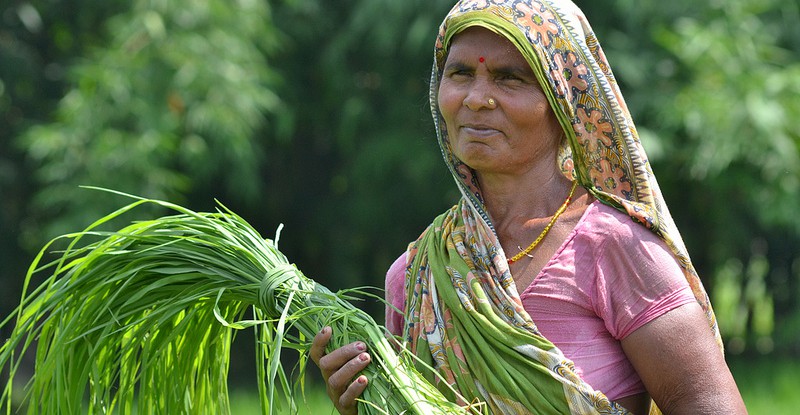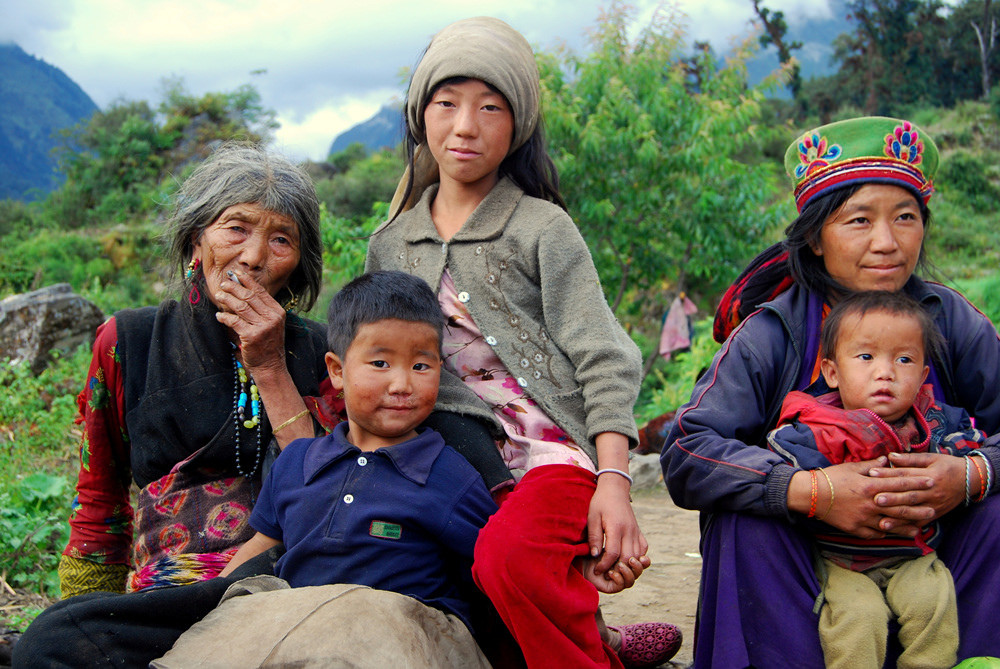The land boundary dispute with the neighboring village had gone on for years.
But Aditi*, the 60-something female president of her local Forest Rights Committee, used skillful negotiation to convince the neighboring chief that both communities, including members of different indigenous groups, could work together to protect the forest, and continue to collect forest products there – resulting in a positive outcome for all.
This recent story, from the Indian state of Odisha, highlights the role women can play as ‘critical actors’ in defending and managing their forests, says Ph.D. candidate and gender researcher Priyanka Bhalla from the Lee Kuan Yew School of Public Policy in Singapore.
“A lot of times when people talk about success stories they focus on the numbers – one third of the committee were women, etc. – but they forget about women as agents,” she says.
“I wanted to get away from the numbers, to change the language and say, women are positive agents, they are implementing positive processes and they have been doing so for a long period of time at many different scales.”
In a chapter of a new book on Gender and Forests published by the Center for International Forestry Research (CIFOR), Bhalla examines women’s participation in India’s forest tenure reform process in the state of Odisha, and the ways critical events and processes have influenced their involvement.
In 2006, following a nationwide mobilization demanding local rights over forests, India passed its Forest Rights Act. The new law legitimized the rights of tribal groups (and some other forest dwellers) to access and use ancestral forest lands, providing a framework for communities to govern these territories through village-based Forest Rights Committees (FRCs) and assemblies known as gram sabhas.
The Act came into force in 2008, and required that a third of FRC members be women, and that women make up at least half of assembly attendees.
BEYOND THE NUMBERS
Bhalla volunteered her time with an Odisha-based NGO called Vasundhara, and visited villages in four different districts, investigating how the FRA is being implemented on the ground.
The quota system isn’t enough to ensure women’s participation in decision-making, she discovered.
“Even though the committee is supposed to be comprised of a third women, most of the time there are one or two token female members, and they’re often individuals that don’t know anything about forest rights or indigenous rights.”
Higher caste women and wives of local authority figures tend to be over-represented, she says.
“You can’t assume that just by putting a woman on the committee that she is going to speak for all women – in fact, normally she doesn’t. If she’s a landowner, she’s not going to take into consideration the issues of landless women, for example.”
And in India’s predominantly patriarchal society, “there’s a community culture of women’s exclusion that’s been there for a really long time,” Bhalla says.
“Sometimes women aren’t informed about meeting times, they won’t know about the agenda of the meeting, or they’ll arrive and the meeting is already over, and the men just want their signature in the registration book.”
So in looking beyond the numbers, Bhalla focused her attention on “critical actors” and “critical acts” – that is, individual women like Aditi who had made an impact, and influential events that provide an opportunity for change to benefit women.
One of those acts occurred in 2012, when the FRA was amended to introduce specific guidelines for its implementation: how to properly constitute the Forest Rights Committees, how to do the process of land verification, and how to actually distribute the titles.
This amendment made a huge difference, Bhalla says, with many FRCs re-constituted, thereby increasing participation by women and indigenous groups.
“I went to a couple of different villages where people said again and again, ‘We had a committee from 2008, but we weren’t really sure what it was supposed to do – but then in 2012 it was explained to us how [the FRA] works and why it was done, and since then things have been better,’” Bhalla says.
SIGNS OF PROGRESS
The Vedanta Case was another ‘critical act’ in Odisha, according to Bhalla. Mining company Vedanta Resources wanted to develop an open-cast bauxite mine in the upper reaches of the Niyamgiri hills – an important wildlife habitat and sacred place for the Dongria Kondh indigenous group.
In 2010 the Ministry of Environment and Forests refused to approve the project. The company contested it in India’s Supreme Court – which in 2013 ordered that, under the Forests Rights Act, the decision had to be made by the Niyamgiri villagers themselves.
A series of gram sabhas (village assemblies) in 12 villages in 2013 made it clear that the people did not want the mine to go ahead – and the Supreme Court backed them.
“That was another turning point because it showed that this whole issue of consent can actually be taken seriously,” Bhalla says.
HANGING IN THE BALANCE
However, she’s concerned a new piece of Indian legislation threatens to undermine the recent gains for women and indigenous people.
The Compensatory Afforestation, Management and Planning Authority (CAMPA) Bill, introduced in July 2016, could shift power back to the central government, Bhalla says.
“It’s basically in direct conflict with some of the content in the Forest Rights Act, in particular getting consent from local people through the forest committees,” she says.
“So it’s really problematic – let’s say a group has community rights in their village, but under this new bill, the Forests Department can waltz in and undertake planting projects wherever they want.”
“I’m worried about what is going to happen. Nobody knows yet what the scale of its consequences will be.”
* Disclaimer: To protect the identity of individuals, names has been changed.
We want you to share Forests News content, which is licensed under Creative Commons Attribution-NonCommercial-ShareAlike 4.0 International (CC BY-NC-SA 4.0). This means you are free to redistribute our material for non-commercial purposes. All we ask is that you give Forests News appropriate credit and link to the original Forests News content, indicate if changes were made, and distribute your contributions under the same Creative Commons license. You must notify Forests News if you repost, reprint or reuse our materials by contacting forestsnews@cifor-icraf.org.

